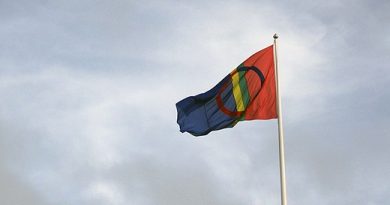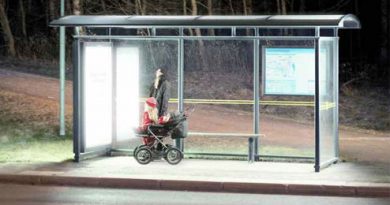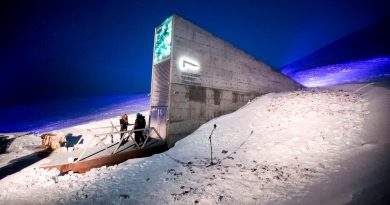Sámi Communities and Wind Power Developers Strive to Forge a Relationship in Sweden
It is not easy to get reindeer husbandry and wind power to exist side by side, but project VindRen is an attempt to get wind power developers and Sámi village communities to co-exist.
“I think in the future we can find better ways than we have so far, but it is a difficult issue”, says Anders Enetjärn CEO of the Umeå-based company Enetjärn natur AB, consultants on the VindRen project. The VindRen project is being run by the trade association, Swedish Wind Energy (Svensk Vindenergi), and the reindeer husbandry interest group, the Union of the Swedish Sámi (SSR), with the financial support of the Swedish Energy Agency (Energimyndigheten).
One thing Vindren has done is draw up guidelines relating to how discussions between the wind power developers and the Sámi communities should be carried out. A proposal regarding the approach to Environmental Impact Assessments will be completed soon.
Issues for agreement are important
Another area being worked on are the issues being discussed for an agreement between the Sámi communities and the wind energy companies. Anders Enetjärn believes this is an extremely important area, as an agreement ought to lay down clear ground rules for contact between the two parties.
“Up until now it has been a tough challenge for both parties with this great onslaught of so many wind power projects in reindeer herding areas, and many people within the Sámi communities feel very insecure about how this will affect them”, says Anders Enetjärn. Can this project really help them to find agreement?
“Yes, it’s got to be helpful for the Sámi for us to talk to both the Sámi village communities and the developers about how we believe the discussions should go. Then, when they get to the agreement, we have concrete suggestions about how that should be formulated. It’s all about the Sámi communities potentially being compensated for the time they devote to this and also for the effect that the wind power constructions actually have on the reindeer husbandry,” says Anders Enetjärn.
Background:
Wind is a renewable and clean source of energy with no emissions. The Swedish parliament has established a framework plan to build wind power that would enable electricity production of 30 TWh in 2020. Compared with the 2.5 terrawatt-hours produced using wind power in 2009 this is a major expansion. Wind power comprised approximately 2 per cent of Sweden’s output of electricity in 2009. As of the end of 2009 there were approximately 1400 wind turbines in Sweden.
(Source: The Swedish Energy Agency (Energimyndigheten))
The Sámi parliament, elected by the Sámi people, wants to see wind power located in southern Sweden, according to the wind power policy it adopted in February 2009. The policy also asserts the following: The conditions of the Sámi way of life will be radically altered if wind power turbines are erected without taking the needs of the Sámi community into consideration.
The Sámi parliament wants to protect areas of particular environmental importance. The environment of the highland region is particularly sensitive and is of great significance in the Sámi context. The development of wind power in the highland region must therefore be carried out in a very restricted way.
(Source: Sámi Parliament (Sametinget))



